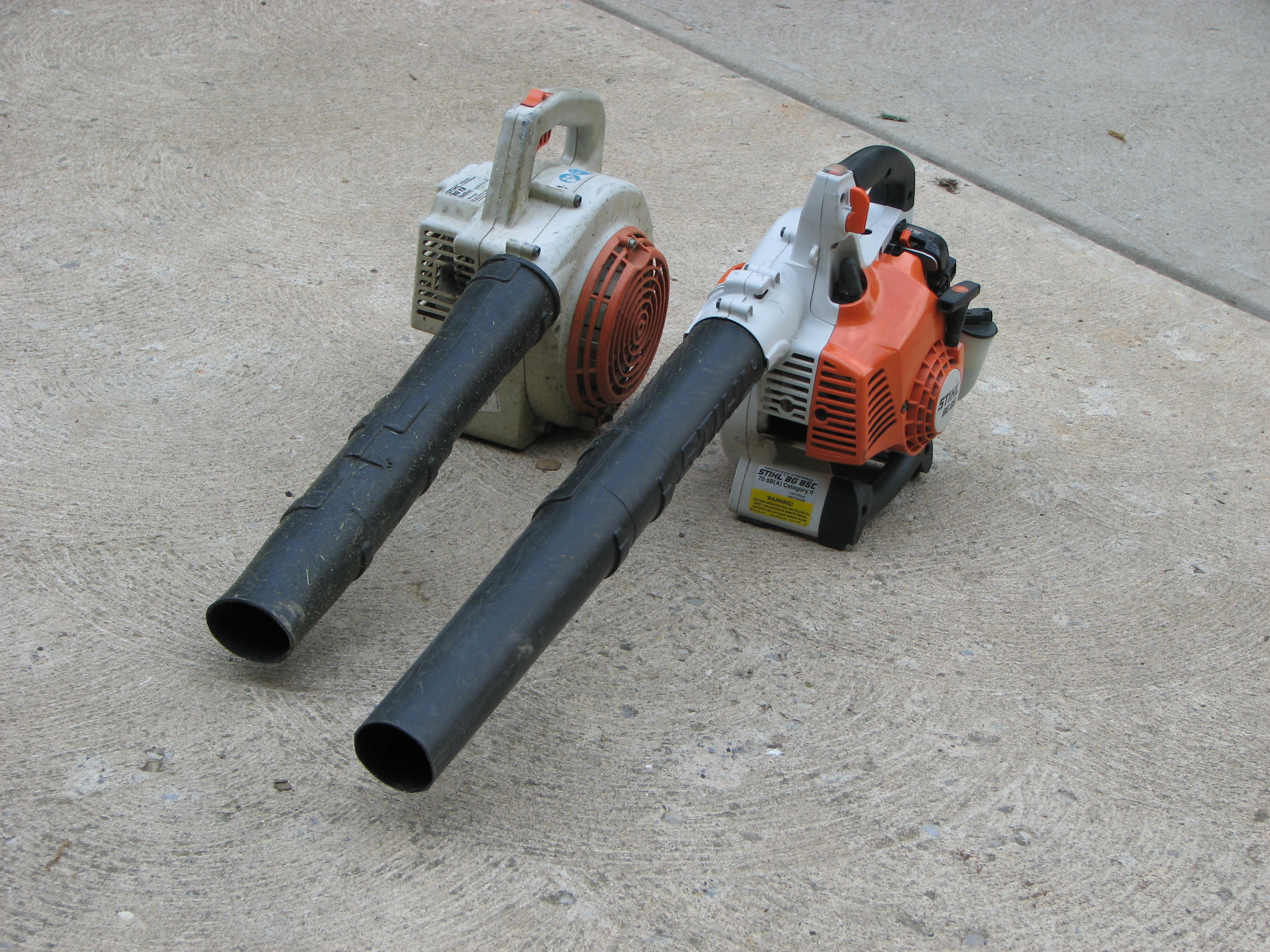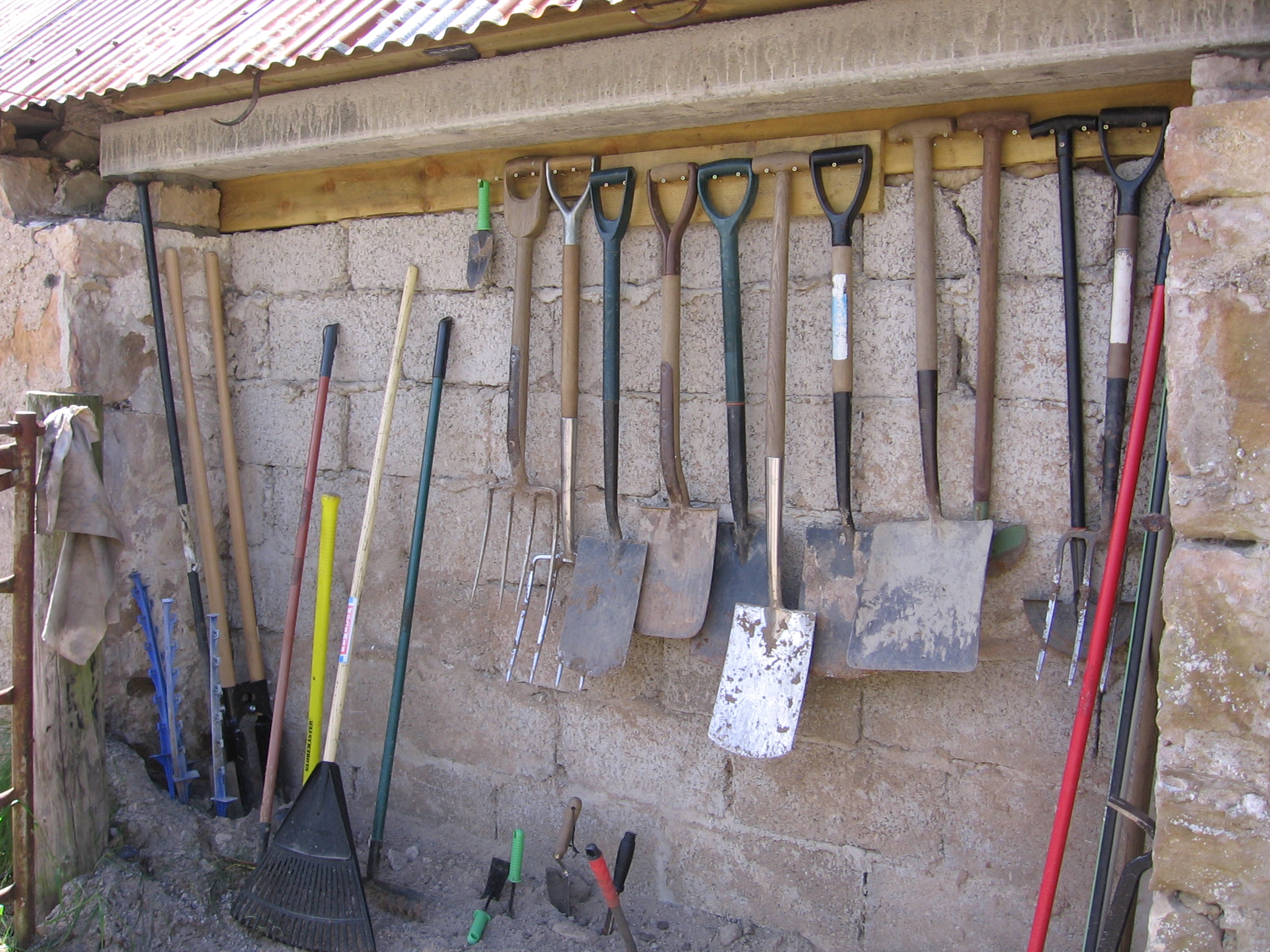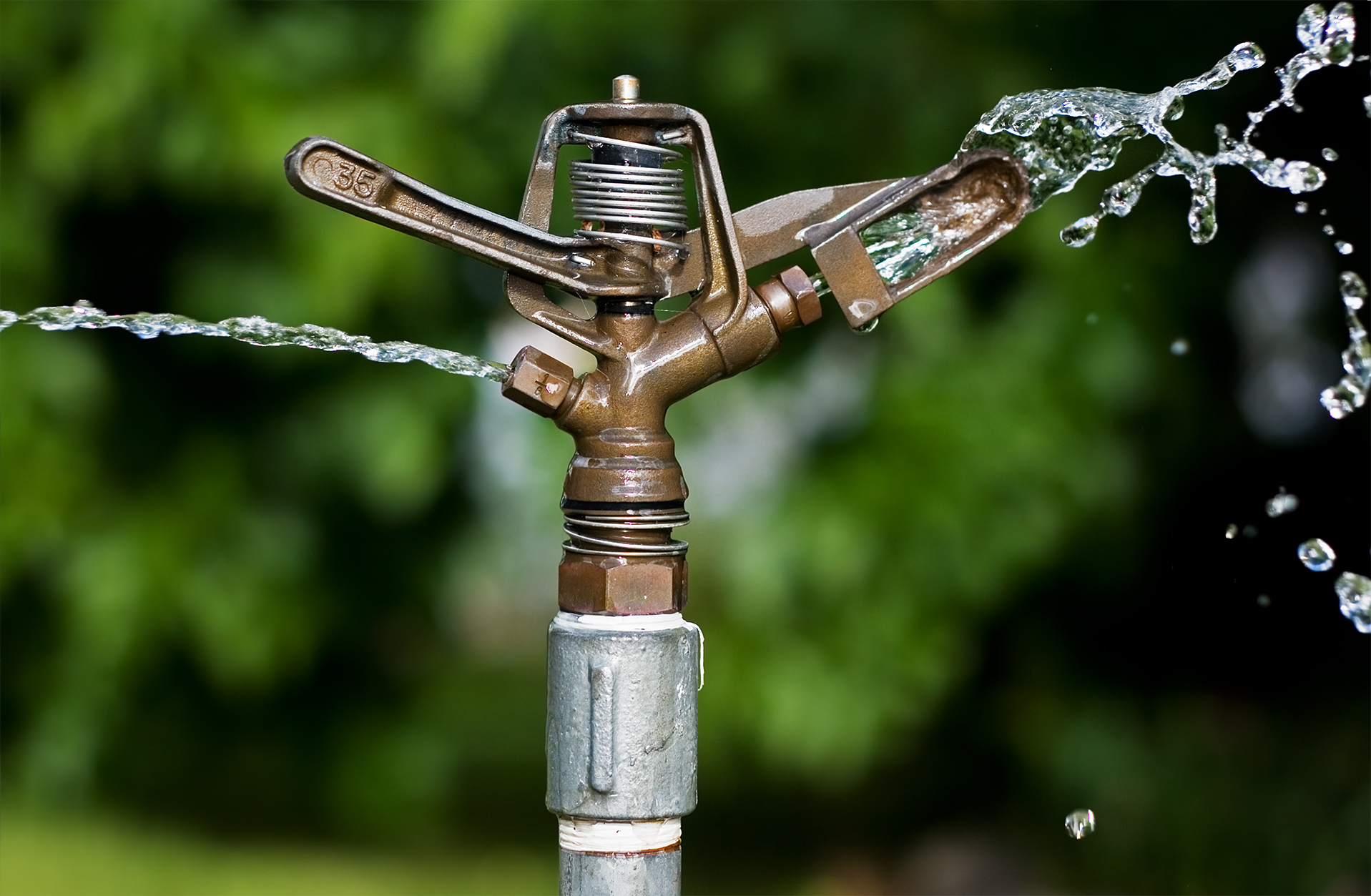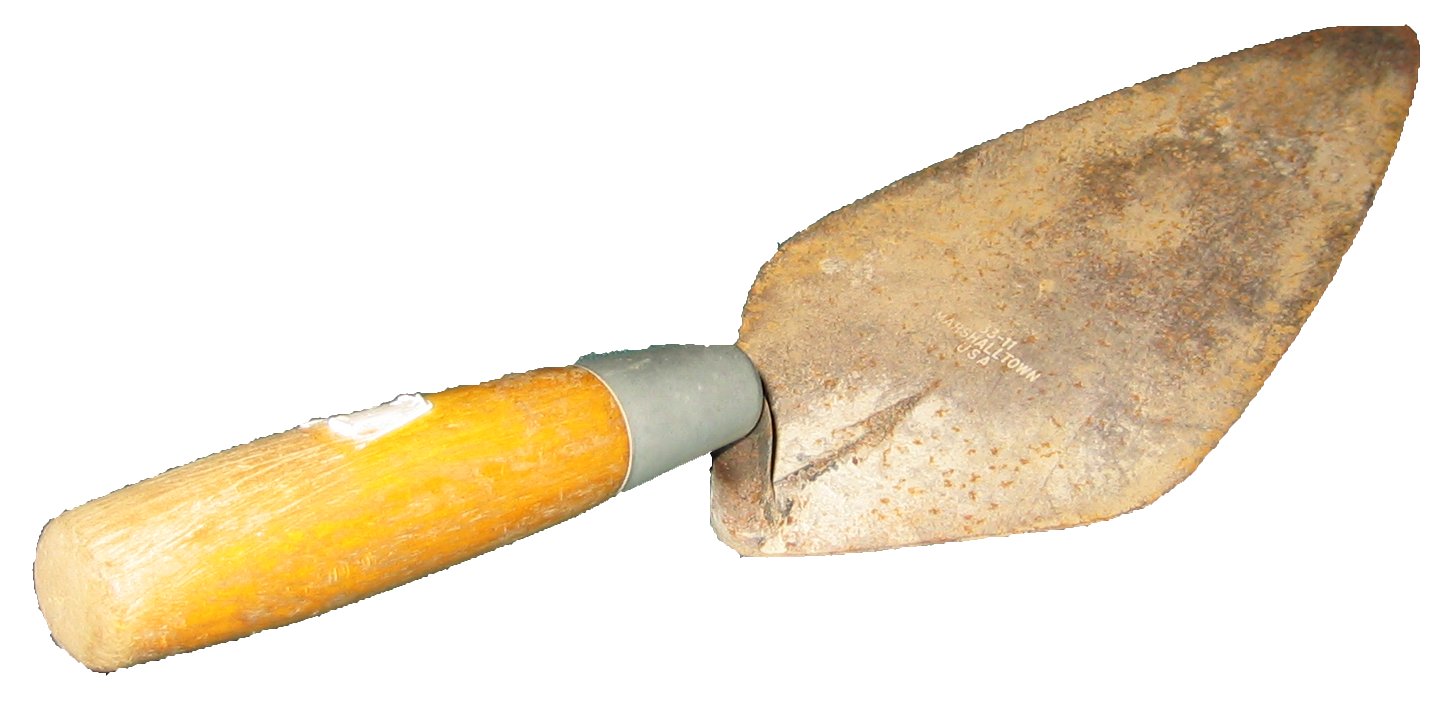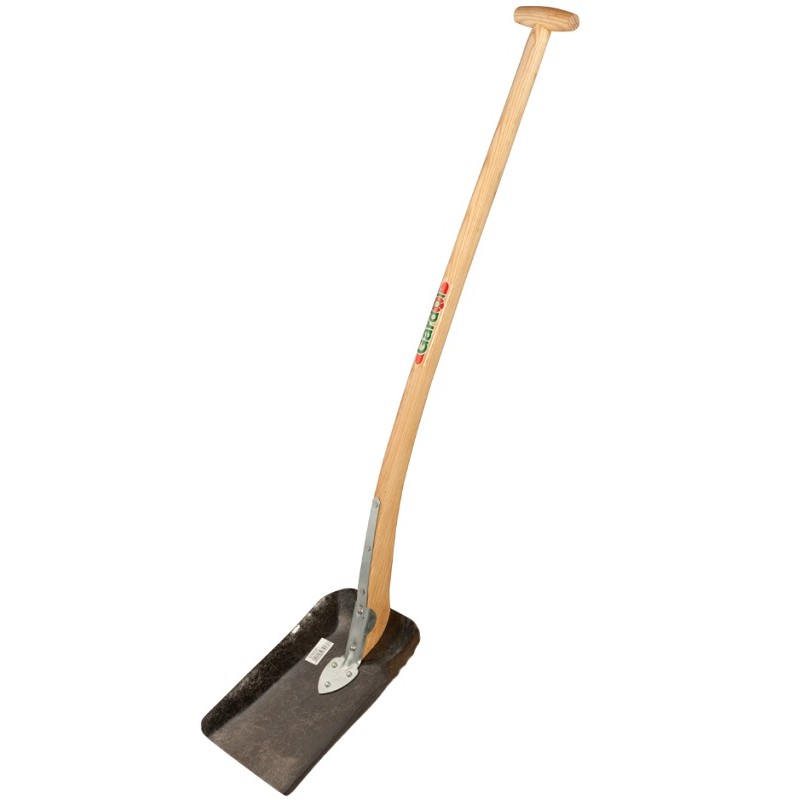|
Groundskeeper
Groundskeeping is the activity of tending an area of land for aesthetic or functional purposes, typically in an institutional setting. It includes mowing grass, trimming hedges, pulling weeds, planting flowers, etc. The U.S. Department of Labor estimated that more than 900,000 workers are employed in the landscape maintenance and groundskeeping services industry in the United States in 2006. Of these over 300,000 workers were greenskeepers for golf courses, schools, resorts, and public parks. Compare gardener. Occupation A groundskeeper is a person who maintains landscaping, gardens or sporting venues (and their vegetation where appropriate) for appearance and functionality. In Britain the word ''groundsman'' (occasionally ''groundswoman'' if appropriate) or ''park-keeper'' is used much more commonly. The Football Association confers a Groundsman of the Year award. In Australia, the word ''curator'' is often used for a person undertaking this job, especially those involving c ... [...More Info...] [...Related Items...] OR: [Wikipedia] [Google] [Baidu] |
Landscape Maintenance
Landscape maintenance (or groundskeeping) is the art and vocation of keeping a landscape healthy, clean, safe and attractive, typically in a garden, yard, park, institutional setting or estate. Using tools, supplies, knowledge, physical exertion and skills, a groundskeeper may plan or carry out annual plantings and harvestings, periodic weeding and fertilizing, other gardening, lawn care, snow removal, driveway and path maintenance, shrub pruning, topiary, lighting, fencing, swimming pool care, runoff drainage, and irrigation, and other jobs for protecting and improving the topsoil, plants, and garden accessories. Groundskeepers may also deal with local animals (including birds, rodents, reptiles, insects, and domestic animals or pets), and create means to attract or repel them, as desired or necessary. A garden may also be designed to include exotic animals, such as a koi pond. In larger estates, groundskeepers may be responsible for providing and maintaining habitat for wi ... [...More Info...] [...Related Items...] OR: [Wikipedia] [Google] [Baidu] |
Lawn Mower
A lawn mower (also known as a mower, grass cutter or lawnmower) is a device utilizing one or more revolving blades (or a reel) to cut a grass surface to an even height. The height of the cut grass may be fixed by the design of the mower, but generally is adjustable by the operator, typically by a single master lever, or by a lever or nut and bolt on each of the machine's wheels. The blades may be powered by manual force, with wheels mechanically connected to the cutting blades so that when the mower is pushed forward, the blades spin or the machine may have a battery-powered or plug-in electric motor. The most common self-contained power source for lawn mowers is a small (typically one cylinder) internal combustion engine. Smaller mowers often lack any form of propulsion, requiring human power to move over a surface; "walk-behind" mowers are self-propelled, requiring a human only to walk behind and guide them. Larger lawn mowers are usually either self-propelled "walk-behind" ... [...More Info...] [...Related Items...] OR: [Wikipedia] [Google] [Baidu] |
Cricket Pitch
In the game of cricket, the cricket pitch consists of the central strip of the cricket field between the wickets. It is long (1 chain) and wide. The surface is flat and is normally covered with extremely short grass, but can be completely dry or dusty soil with barely any grass or, in some circumstances (that are rarely seen in high level cricket), made from an artificial material. Over the course of a cricket match, the pitch is not repaired or altered other than in special circumstances - meaning that it will change condition. Any grass on the pitch in the game's first over, for example, may have disappeared by twentieth over due to wear. As almost all deliveries bowled will bounce off the pitch towards the batter, the state and type of a cricket pitch can significantly affect the outcome of a match. For example, a dusty, very dry, pitch will favour spin bowling because the ball will grip more on a dusty pitch - giving the team with the superior spin bowlers a significa ... [...More Info...] [...Related Items...] OR: [Wikipedia] [Google] [Baidu] |
Line Marker (sports)
A line marker is a device or machine with which lines or markings are drawn on a sports field or pitch. They were originally developed to mark out lawn tennis courts on grass, but later also became used in many other sports with outdoor pitches. The marked lines are often white, but may be any color. A variety of devices have been used, some of them now being robotically controlled. History Basic line marking machines for turf were available by the late 1800s. They were originally developed for use on lawn tennis courts. One of the first such machines, a wheel-to-wheel paint transfer device, was developed by F.H. Ayres and "would be instantly recognizable by users of many of today's machines, which work on the same principle". Some of the earliest line marking machines were built on a small scale so they could be used by a child, as the "gardener's boy" who was in charge of marking tennis courts on estates in the late 19th century might have been nine or ten years old. In base ... [...More Info...] [...Related Items...] OR: [Wikipedia] [Google] [Baidu] |
Leaf Blower
A leaf blower, commonly known as a blower, is a device that propels air out of a nozzle to move debris such as leaves and grass cuttings. Leaf blowers are powered by electric or gasoline motors. Gasoline models have traditionally been two-stroke engines, but four-stroke engines were recently introduced to partially address air pollution concerns. Leaf blowers are typically self-contained handheld units, or backpack mounted units with a handheld wand. The latter is more ergonomic for prolonged use. Larger units may rest on wheels and even use a motor for propulsion. These are sometimes called "walk-behind leaf blowers" because they must be pushed by hand to be operated. Some units called blower vacs, can also suck in leaves and small twigs via a vacuum, and shred them into a bag. Leaf blowers are a source of controversy due to their adverse impacts such as operator injury including hearing loss, particulates air pollution, noise pollution, and ecological habitat destruction. Ov ... [...More Info...] [...Related Items...] OR: [Wikipedia] [Google] [Baidu] |
Greenskeeper
A Greenskeeper (or Course Superintendent) is a person responsible for the care and upkeep of a golf course or a sports turf playing surface. Work description and duties A greenskeeper maintains a golf course's or country club's grounds. This includes all horticultural practices, as well as the setting of pins and marking of hazards for regular club play and tournament play. Greenskeepers work under the direction of the Golf Course Superintendent or Director of Golf Course Operations. For a greenskeeper, experience, and capability are far more important than formal education. Measuring green speed with a stimpmeter Greenskeepers measure the "speed" of golf greens with a stimpmeter, which is used to compare green speed within a facility to ensure consistency. Stimpmeter readings are not used to compare one facility with another; many factors including design, undulation, and grass type affect green speed. The tool measures how fast a green allows the golf ball to travel. A g ... [...More Info...] [...Related Items...] OR: [Wikipedia] [Google] [Baidu] |
Garden Tool
A garden tool is any one of many tools made for gardening and landscaping, which overlap with the range of tools made for agriculture and horticulture. Garden tools can be divided into hand tools and power tools. Hand tools Today's garden tools originated with the earliest agricultural implements used by humans. Examples include the hatchet, axe, sickle, scythe, pitchfork, spade, shovel, trowel, hoe, fork, and rake. In some places, the machete is common. The earliest tools were made variously of wood, flint, metal, tin, and bone. The development of metalworking, first in copper and later in bronze, iron, and steel, produced today's durable tools, including such efficient cutting tools as pruning shears (secateurs – for example anvil pruners), grass shears, and loppers. Increasing use of modern alloys allows many tools to be made both stronger and lighter, making them more durable and easier to use. Ergonomics Some modern tool designs reflect ergonomic considerations, ... [...More Info...] [...Related Items...] OR: [Wikipedia] [Google] [Baidu] |
Irrigation Sprinkler
An irrigation sprinkler (also known as a water sprinkler or simply a sprinkler) is a device used to irrigate (water) agricultural crops, lawns, landscapes, golf courses, and other areas. They are also used for cooling and for the control of airborne dust. Sprinkler irrigation is the method of applying water in a controlled manner in way similar to rainfall. The water is distributed through a network that may consist of pumps, valves, pipes, and sprinklers. Irrigation sprinklers can be used for residential, industrial, and agricultural usage. It is useful on uneven land where sufficient water is not available as well as on sandy soil. The perpendicular pipes, having rotating nozzles on top, are joined to the main pipeline at regular intervals. When water is pressurized through the main pipe it escapes from the rotating nozzles. It gets sprinkled on the crop. In sprinkler or overhead irrigation, water is piped to one more central locations within the field and distributed by overhe ... [...More Info...] [...Related Items...] OR: [Wikipedia] [Google] [Baidu] |
Trowel
A trowel is a small hand tool used for digging, applying, smoothing, or moving small amounts of viscous or particulate material. Common varieties include the masonry trowel, garden trowel, and float trowel. A power trowel is a much larger gasoline or electrically powered walk-behind device with rotating paddles used to finish concrete floors. Hand tool Numerous forms of trowel are used in masonry, concrete, and drywall construction, as well as applying adhesives such as those used in tiling and laying synthetic flooring. Masonry trowels are traditionally made of forged carbon steel, but some newer versions are made of cast stainless steel, which has longer wear and is rust-free. These include: *Bricklayer's trowel has an elongated triangular-shaped flat metal blade, used by masons for leveling, spreading, and shaping cement, plaster, and mortar. *Pointing trowel, a scaled-down version of a bricklayer's trowel, for small jobs and repair work. *Tuck pointing trowel is lo ... [...More Info...] [...Related Items...] OR: [Wikipedia] [Google] [Baidu] |
Shovel
A shovel is a tool used for digging, lifting, and moving bulk materials, such as soil, coal, gravel, snow, sand, or ore. Most shovels are hand tools consisting of a broad blade fixed to a medium-length handle. Shovel blades are usually made of sheet steel or hard plastics and are very strong. Shovel handles are usually made of wood (especially specific varieties such as ash or maple) or glass-reinforced plastic (fiberglass). Hand shovel blades made of sheet steel usually have a folded seam or hem at the back to make a socket for the handle. This fold also commonly provides extra rigidity to the blade. The handles are usually riveted in place. A T-piece is commonly fitted to the end of the handle to aid grip and control where the shovel is designed for moving soil and heavy materials. These designs can all be easily mass-produced. The term ''shovel'' also applies to larger excavating machines called power shovels, which serve the same purpose—digging, lifting, and moving ... [...More Info...] [...Related Items...] OR: [Wikipedia] [Google] [Baidu] |
Watering Can
A watering can (or watering pot) is a portable container, usually with a handle and a funnel, used to water plants by hand. It has been in use since at least A.D. 79 and has since seen many improvements in design. Apart from watering plants, it has varied uses, as it is a fairly versatile tool. The capacity of the container can be anywhere from 0.5 litres (for indoor household plants) to 10 litres (for general garden use). It is usually made of metal, ceramic or plastic. At the end of the spout, a "rose" (a device, like a cap, with small holes) can be placed to break up the stream of water into droplets, to avoid excessive water pressure on the soil or on delicate plants. History The term "watering can" first appeared in 1692, in the diary of keen cottage gardener Lord Timothy George of Cornwall. Before then, it was known as a "watering pot". In 1886 the "Haws" watering can was patented by John Haws. The patent read "This new invention forms a watering pot that is much easie ... [...More Info...] [...Related Items...] OR: [Wikipedia] [Google] [Baidu] |
Rake (tool)
A rake (Old English ''raca'', cognate with Dutch ''hark'', German ''Rechen'', from the root meaning "to scrape together", "heap up") is a broom for outside use; a horticultural implement consisting of a toothed bar fixed transversely to a handle, or tines fixed to a handle, and used to collect leaves, hay, grass, etc., and in gardening, for loosening the soil, light weeding and levelling, removing dead grass from lawns, and generally for purposes performed in agriculture by the harrow. Large mechanized versions of rakes are used in farming, called hay rakes, are built in many different forms (e.g. star-wheel rakes, rotary rakes, etc.). Nonmechanized farming may be done with various forms of a hand rake. Types of rakes Modern hand-rakes usually have steel, plastic, or bamboo teeth or tines, though historically they have been made with wood or iron. The handle is typically a ~ haft made of wood, bamboo, steel or fiberglass. Leaf rakes, used like a broom to gather lea ... [...More Info...] [...Related Items...] OR: [Wikipedia] [Google] [Baidu] |
